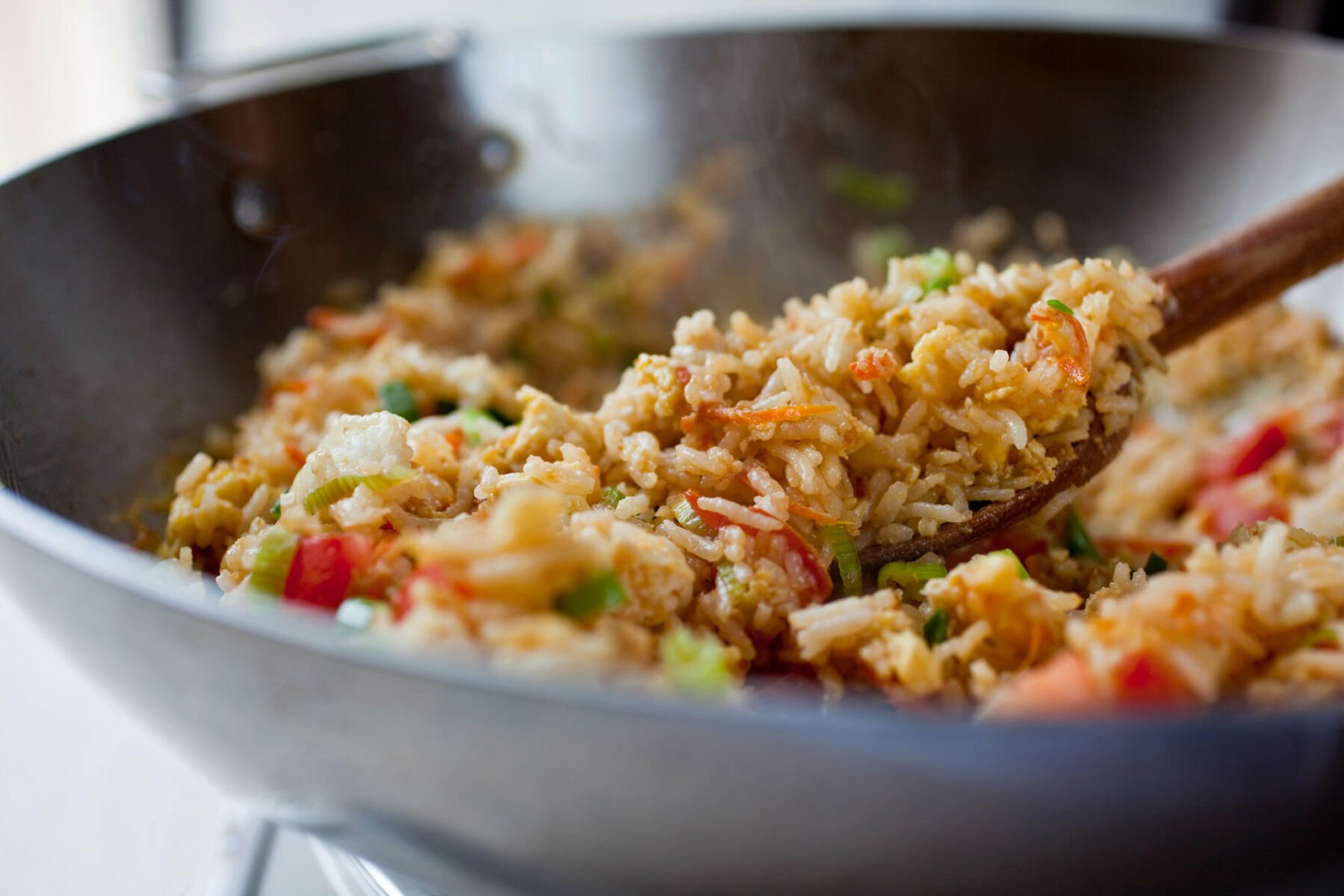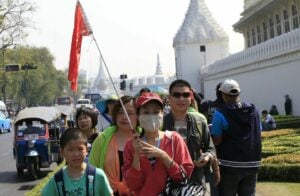Thailand rice is on the rise with global GI glamour

The Thailand Rice Department is on a mission to put Thai rice in the global spotlight by promoting its distinctive strains with certified Geographical Indication (GI) labels to a wider audience.
Farming communities in Phatthalung and Trang in the south, along with Phayao in the north, have crafted premium rice products that command top prices. These farmers are betting on their rice to bring in significant, sustainable income and boost their quality of life.
Jaranjit Phengrat, an agricultural expert with the Rice Department, stressed the vital role of native rice varieties in the future success and growth of Thailand’s rice industry.
“Local communities can leverage the diversity of rice in the country by promoting the distinctive quality of each strain, coupled with the promotion of agrotourism.”
Phatthalung and Trang provinces boast a massive variety of local rice strains, including 182 short-grain and 14 glutinous rice strains, many of which are GI-certified. Notable varieties include Khao Sang Yod from Phatthalung and Khao Bao Yod Muang from Trang.
The Rice Department supports community enterprises in the south by providing rice seedlings, conducting routine quality inspections, offering detailed packaging information, and securing alternative distribution channels.
Agricultural practices
Kanokon Yaodam, Director of the Rice Research Centre in Phatthalung, reported that the centre distributed roughly 18 tonnes of Sang Yod rice seeds last year and 23 tonnes this year—a 20% increase due to rising demand. Some of this rice is grown organically around the Songkhla Lake basin, adhering to good agricultural practices (GAP) to ensure high quality.
One successful farming community grows 970 rai of organic Sang Yod rice, according to the enterprise’s chairman, Wisoot Wiboonphan. With an average yield of about 400 kilogrammes per rai, the rice fetches 27,000 baht per tonne, significantly higher than the 14,000 baht per tonne for conventionally grown rice.
Kanokon mentioned that the Rice Research Centre has collected over 100 landrace rice strains from across southern Thailand for conservation and preservation. Some seeds are planted in the centre’s research field, while others are sent to a rice bank in Pathum Thani and Denmark for rice genome preservation.
The department plans to have more regional rice strains labelled as GI-certified. Khao Hom Hua Bon, a variety soon to become a GI product of Krabi, exemplifies this effort.
Kanokon, noting its high antioxidant content, particularly gamma oryzanol, which helps prevent cell deterioration that can lead to cancer.
“Khao Hom Hua Bon rice has a unique fragrance reminiscent of taro when cooked. Landrace rice strains are resilient to climate change, a major cause of lower crop yields. As we adjust to climate change, landrace rice will be essential for increasing food security.”
Premium products
In the north, significant achievements have also been made in developing premium products from local rice grown in mountainous areas. A rice farming community enterprise in Chun subdistrict, Phayao, produced 50 tonnes of jasmine rice, brown rice, red jasmine rice, black sticky rice, and riceberry last year, generating substantial income for the community, according to enterprise leader Chunyanut Phrawisat.
Owat Yinglap, director of the Rice Product Development Division, attributed the quality of rice produced in Phayao to the province’s unique soil characteristics, rich in volcanic minerals and nutrient-laden sediments from the Mae Ing River. He urged farmers to adopt new ideas and technology to further develop their crops and add value to their products.
Beyond traditional grains, Thailand has many rice cultivars that can be further developed to benefit local farming communities. Wisoot’s community in Phatthalung uses modern methods and technology to add value to their premium, organic rice, turning it into products that can be marketed beyond traditional retail and wholesale channels.
Jaranjit from the Rice Department mentioned that Sang Yod rice has been developed into instant rice porridge, pizza dough, rice treats, shampoos, soaps, and other cosmetics, reported Bangkok Post.
Meanwhile, the La-san Samakkhi Rice Farmers Enterprise in Trang produces rice milk, rice vermicelli flour, and cereal rice crackers from its organic GI-certified Khao Bao Yod Muang rice, which has been well-received by consumers.
In Chun subdistrict, Phayao, various premium snacks and healthy products, including crispy chocolate-coated puffed rice, rice crackers, whey protein rice and grains, and organic rice flour, have also been developed from local rice strains.
































